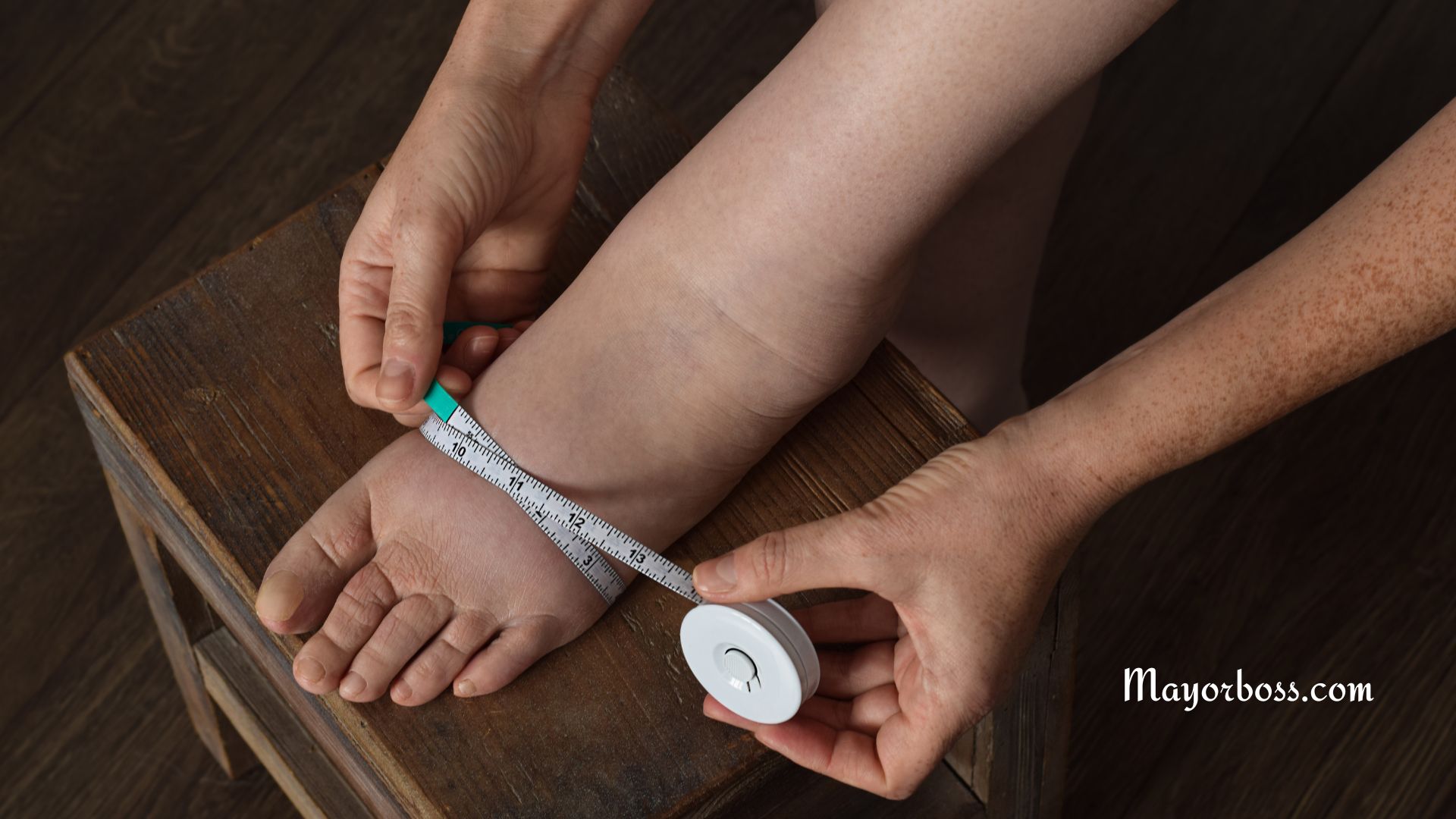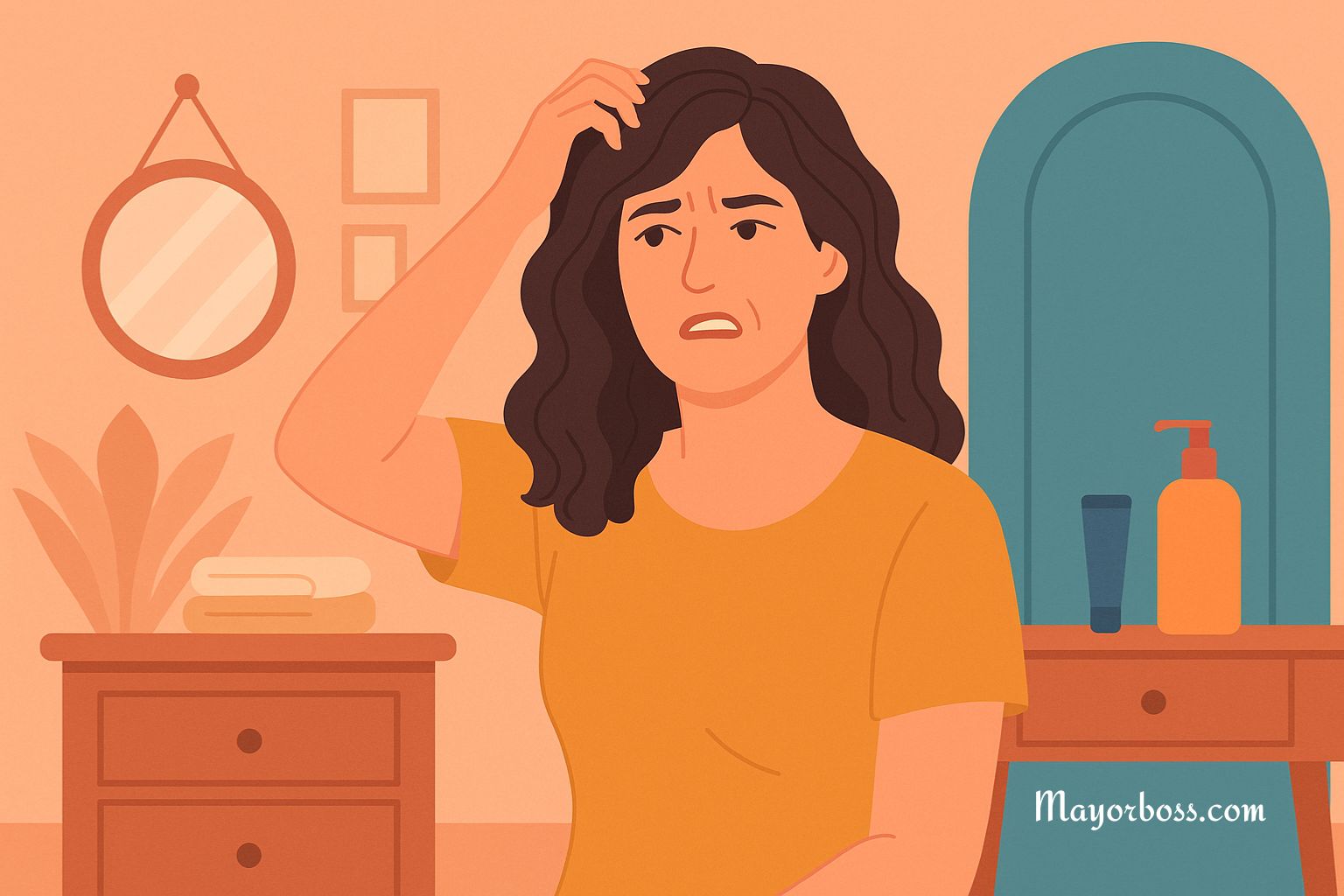How to Tell if You Have Edema
Edema, also spelled oedema, is the medical term for a condition that causes swelling in your body. It can affect any part of your body, but it most commonly affects the legs, ankles, feet, hands, and arms. Swelling occurs when there is a buildup of fluid in your tissues. This fluid can come from several sources, including your blood vessels, lymph nodes, and organs.
Symptoms of Edema
Here are some common symptoms of edema:
- Swelling: Noticeable puffiness or bulging, often in the legs, ankles, feet, hands, or arms.
- Pitting: Pressing the swollen area leaves a temporary indentation or “pit” for a few seconds. This is called pitting edema and is a common sign of fluid retention.
- Stretched and shiny skin: The skin over the swollen region may appear stretched, taut, and glossy.
- Tightness and discomfort: Affected areas might feel tight, heavy, and uncomfortable, potentially hindering movement.
- Abdominal swelling: In more severe cases, fluid retention can accumulate in the abdomen, causing noticeable bloating.
In addition to the symptoms listed above, here are some other signs that you may have edema:
- You have difficulty fitting into your shoes or rings.
- You have difficulty moving your joints.
- You have a cough or trouble breathing.
- You have abdominal pain.
If you experience any of these symptoms, it’s important to see a doctor right away.

How to check for edema
There are a few simple ways to check for edema at home. Here are three of them:
- Press on the swollen area: If the skin holds a dimple after you press on it for a few seconds, this is a sign of pitting edema.
- Measure the circumference of your ankles: If your ankles are more than 10 inches in circumference, this may be a sign of edema.
- Compare your limbs: If one limb is noticeably larger than the other, this may be a sign of edema.
It’s important to note that these are just general guidelines. The best way to determine if you have edema is to see a doctor.
Potential Causes of Edema:
Edema is a symptom of many different conditions, including:
- Congestive heart failure: This is a condition where your heart can’t pump blood effectively. This can cause fluid to back up in your veins and leak out into your tissues.
- Kidney disease: This is a condition where your kidneys can’t remove waste products from your blood. This can likewise cause fluid to build up in your tissues.
- Cirrhosis: This is a condition where your liver is scarred and damaged. This can cause fluid to leak out of your blood vessels and into your abdomen.
- Pregnancy: Pregnant women often experience edema in their legs and ankles. This is because their bodies are retaining more fluid.
- Allergies: Allergies can cause swelling in your face, eyes, and throat.
- Injuries: Injuries can cause swelling in the affected area.
Management of Edema
Here are some things you can do to reduce edema:
- Elevate your legs: This will help to drain fluid from your legs.
- Wear compression stockings: These stockings will help to reduce swelling and pain.
- Exercise regularly: Exercise can help to enhance your circulation and reduce edema.
- Eat a healthy diet: Consuming a healthy diet can aid in decreasing inflammation and fluid retention.
- Drink plenty of fluids: Drinking plenty of fluids can help to flush out excess fluid from your body.
- Limit your salt intake: Salt can cause your body to retain fluid.
Preventing edema
- Maintaining a healthy weight: Obesity can raise the likelihood of edema, making weight management crucial.
- Exercise regularly: Physical activity enhances circulation and promotes fluid removal from tissues.
- Reduce salt intake: Excessive salt intake can result in fluid retention and worsen edema.
- Limit alcohol consumption: Alcohol can dehydrate your body and contribute to edema development.
- Elevate legs: Regularly elevating legs above heart level can facilitate fluid drainage and reduce swelling.
- Wear compression stockings: These garments apply gentle pressure to the limbs, promoting circulation and reducing edema.
When to See a Doctor
While mild edema can often be managed at home, it’s essential to seek medical attention if you experience any of the following:
- Sudden or severe swelling, especially in one limb
- Difficulty breathing or chest pain
- Edema that doesn’t improve after a few days of home treatment
- Swelling accompanied by fever, redness, or warmth, which could indicate an infection
Edema can be a serious condition, but it can often be treated effectively. If you suspect that you have edema, see a doctor right away to get a diagnosis and start treatment.






